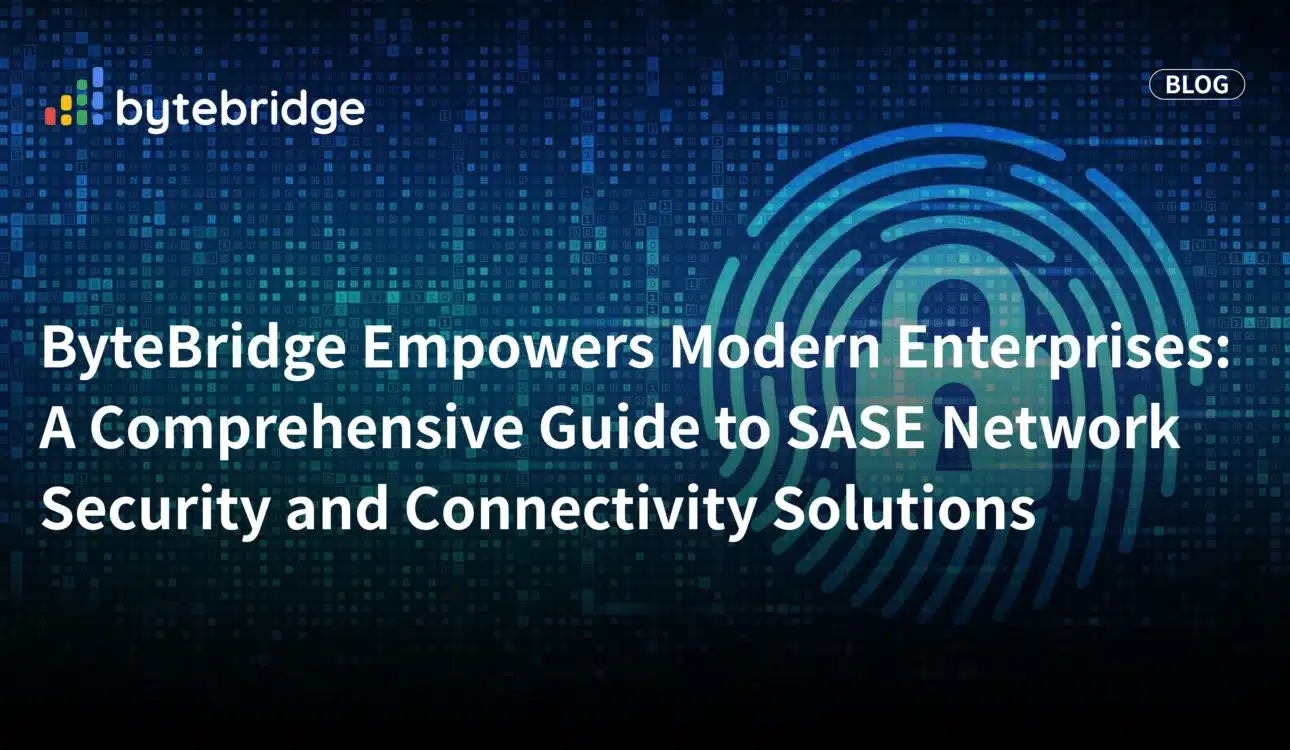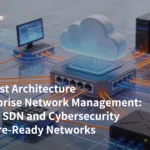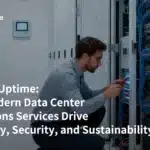In the dynamic landscape of modern networking, Secure Access Service Edge (SASE) has emerged as a groundbreaking approach, combining network security and wide-area networking (WAN) capabilities into a unified cloud-native service. SASE addresses the evolving demands of distributed workforces and the increasing reliance on cloud-based services. This blog will delve into the essence of SASE, exploring its core capabilities, key components, potential drawbacks, and its importance in today’s digital world.
What Is Secure Access Service Edge (SASE)?
Secure Access Service Edge, pronounced “sassy,” is a term coined by Gartner in 2019. It represents an architectural transformation that integrates networking and security functions into a single cloud-based service model. SASE provides secure and seamless access to applications and data regardless of user location, enabling businesses to adapt to the growing trend of remote work and the proliferation of cloud services.
Two Core Capabilities of Secure Access Service Edge (SASE)
Network Security: SASE delivers robust security features including Zero Trust Network Access (ZTNA), Secure Web Gateways (SWG), Cloud Access Security Brokers (CASB), and Firewall-as-a-Service (FWaaS). These components work together to ensure secure, authenticated, and encrypted access to resources, protecting against threats and data breaches.
Wide-Area Networking (WAN): SASE leverages Software-Defined Wide-Area Networking (SD-WAN) technology to provide optimized, reliable, and high-performance connectivity across diverse geographic locations. SD-WAN enhances application performance, reduces latency, and improves user experience by intelligently routing traffic over the most efficient paths.
The 5 Key Components of SASE
SD-WAN: Central to SASE, SD-WAN offers intelligent traffic management, optimizing the delivery of applications and services over multiple connection types, including MPLS, LTE, and broadband.
Zero Trust Network Access (ZTNA): ZTNA enforces granular access controls based on user identity and context, minimizing the risk of unauthorized access and lateral movement within the network.
Secure Web Gateway (SWG): SWG protects users from web-based threats, enforcing internet security policies, and filtering malicious content to ensure safe browsing.
Cloud Access Security Broker (CASB): CASB provides visibility and control over cloud applications and services, ensuring compliance with data protection policies and safeguarding against data leaks.
Firewall-as-a-Service (FWaaS): FWaaS extends traditional firewall capabilities to the cloud, offering scalable and flexible protection against a wide range of cyber threats.
Disadvantages of SASE
While SASE presents a compelling solution for modern networking and security needs, it is not without challenges:
- Complexity: Integrating multiple services into a single platform can be complex, requiring careful planning and coordination.
- Vendor Lock-In: Relying on a single provider for both networking and security functions can lead to vendor lock-in, limiting flexibility and choice.
- Performance Concerns: Ensuring consistent performance across global deployments can be challenging, particularly in regions with limited infrastructure.
How Does Security Service Edge Work?
ecurity Service Edge (SSE), a subset of SASE, focuses on security services delivered from the cloud. SSE encompasses ZTNA, SWG, and CASB, providing a unified approach to securing user access and protecting data across the internet and cloud services. SSE works by establishing secure, authenticated connections for users, inspecting traffic for threats, and enforcing security policies to safeguard resources.
Why Do We Need a SASE?
The need for SASE is driven by several factors:
- Digital Transformation: As organizations embrace digital transformation, traditional perimeter-based security models become less effective. SASE addresses this shift by providing secure access to distributed users and cloud-based resources.
- Remote Work: The rise of remote workforces necessitates secure, reliable access to corporate applications and data from anywhere, a core capability of SASE.
- Cloud Adoption: With the increasing adoption of cloud services, SASE ensures secure and optimized access to cloud applications, enhancing productivity and user experience.
Challenges to Realizing SASE
Achieving a fully functional SASE implementation involves overcoming several challenges:
- Integration: Integrating various security and networking components into a seamless service requires meticulous planning and execution.
- Scalability: Ensuring that the SASE solution can scale to meet the demands of a growing and distributed workforce is crucial.
- Vendor Selection: Choosing the right vendor that offers a comprehensive and cohesive SASE solution is critical to success.
At ByteBridge, we understand the complexities and demands of modern networking and security. Our SASE solutions combine advanced network security and wide-area networking capabilities, offering comprehensive protection and connectivity for your distributed workforce. With ByteBridge, you can achieve secure, efficient, and scalable access to applications and data, empowering your organization to thrive in the digital age.
Explore our SASE offerings today and discover how ByteBridge can help you navigate the challenges of modern networking and security with confidence.






